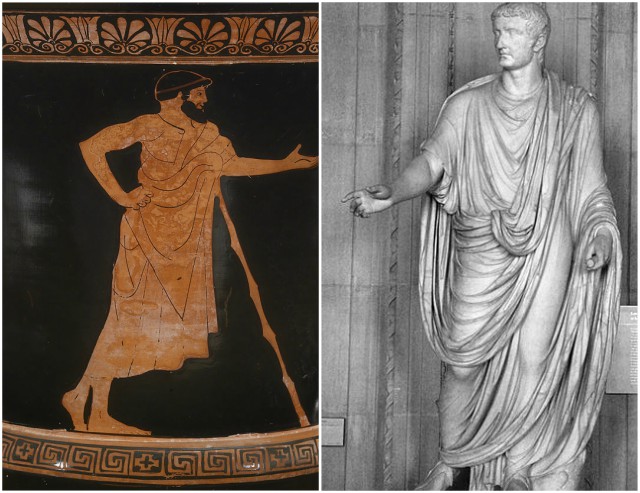Anyone who has watched the social, political and religious satire movie, Life of Brian probably remembers the scene where Reg (John Cleese) asks “All right, but apart from the sanitation, the medicine, education, wine, public order, irrigation, roads, the fresh-water system, and public health, what have the Romans ever done for us?” This scene is probably the best demonstration of how the Romans influenced the world we know today.
However, the Romans looked to another great civilization of the time, the Greeks. They began to adopt Greek ideas and their educational system relied heavily on Greek writers. The Greeks influenced Romans’ architecture, mythology, government, language and even clothing.
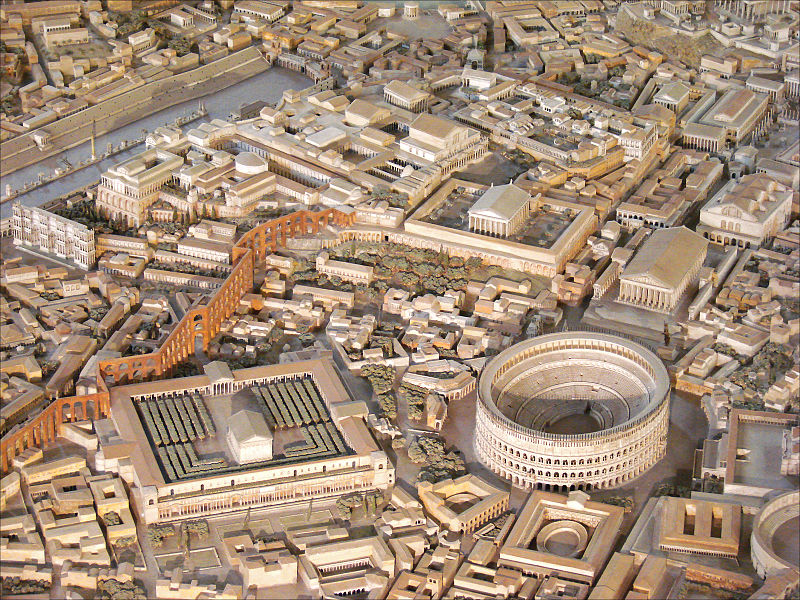
During the rise of the Roman Empire, many Greeks migrated to Rome where they worked as teachers for noble Roman children and as artists, designing the homes of prominent Roman citizens.

Apparently, Romans loved Greek culture and as we mentioned above, the Greeks even influenced Romans’ clothing. They often borrowed the trends and some styles from Greece and adopted their ideas of clothing styles.
The Ancient Greeks wore simple, light, loose, homemade clothes, made to get the most usage. While no clothes have survived from this period, Greek vase paintings and sculptures show that the fabrics were colored and decorated with ornate patterns.
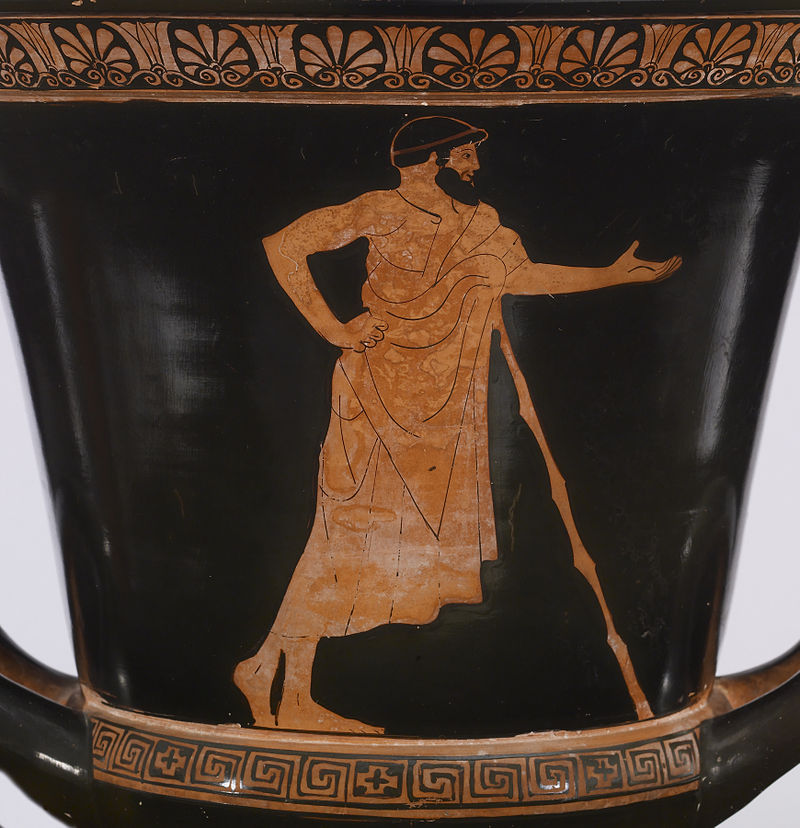
Women were clothed in tunics (peplos) that were made from a big square piece of linen or wool and an extra fold of cloth over the upper half of the body. It was a full-length garment that was fastened at the shoulders with a pin or brooch. They also wore a strophion as an undergarment around the middle of the body, with the purpose to protect the skin from the itchy and uncomfortable fabric.
Men in ancient Greece also wore tunics (chiton), made of a much lighter material, normally linen, as they were often outdoors and needed more comfortable clothing. It was usually draped over one or both shoulders. During winter period they wore a himation over their tunics, made of wool in order to protect themselves from cold weather.
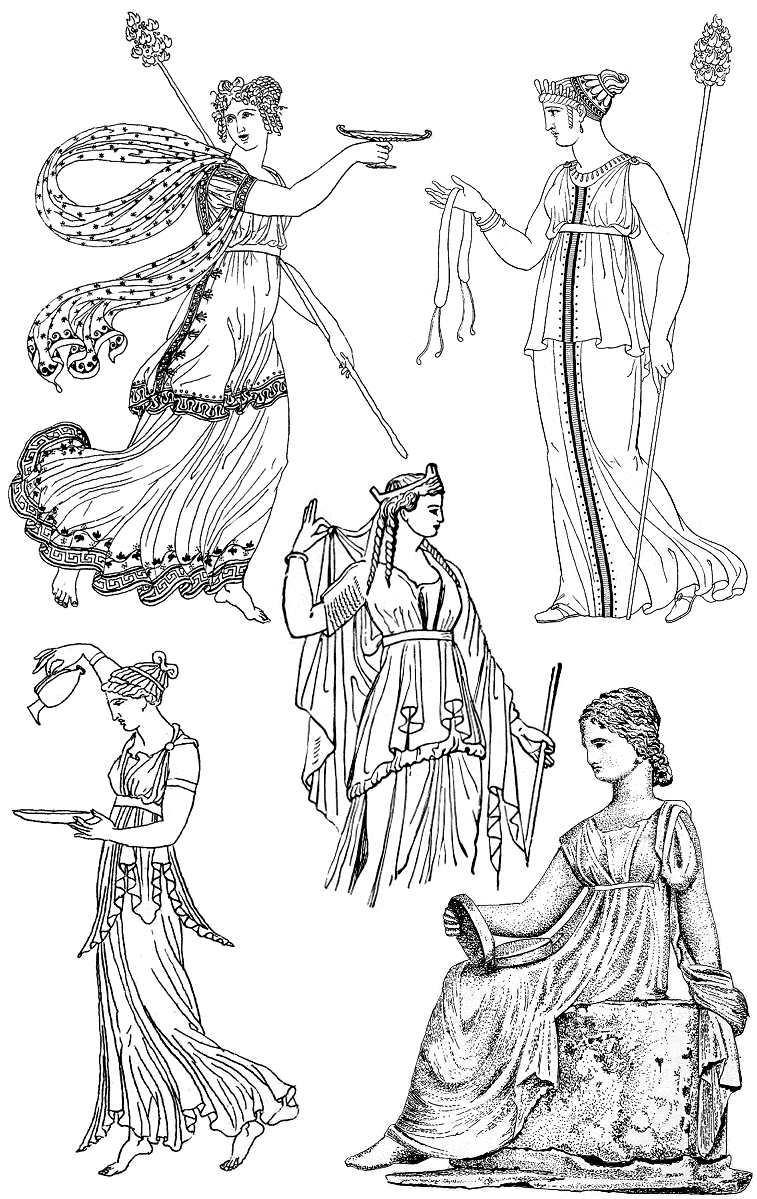
The Ancient Greeks never wore pants and equated the wearing of pants with savagery. Pants were originally associated with the Persians, Scythians, Sarmatians, Eastern and Central Asian peoples. The Greeks used the term anaxyrides for pants and thought that wearing pants was a sign of barbarism and they even found them ridiculous.
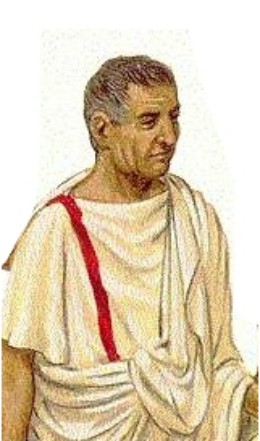
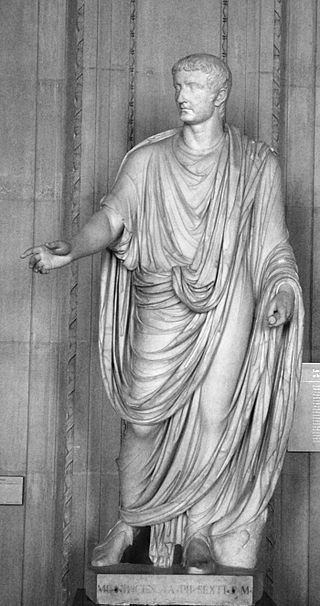
Just like the Greeks, the Ancient Romans wore very simple clothes draped around the body or fastened with clasps and brooches. Usually made of wool, the tunic, just like in Ancient Greece, was the most basic item of clothing in Ancient Rome.
Only male citizens of Rome were allowed to wear togas, a large piece of cloth around 18 feet long and 6 feet wide, draped across the shoulders and around the body, over a plain white linen tunic. Made out of wool, togas were extremely expensive and not a very practical garment.
Women in Ancient Rome also wore the tunic but while men’s tunics reached the knees, women’s were longer and reached the ankles. Married women wore a simple garment known as a stola, kept in place by two belts, one around the waist and the other under the breasts.
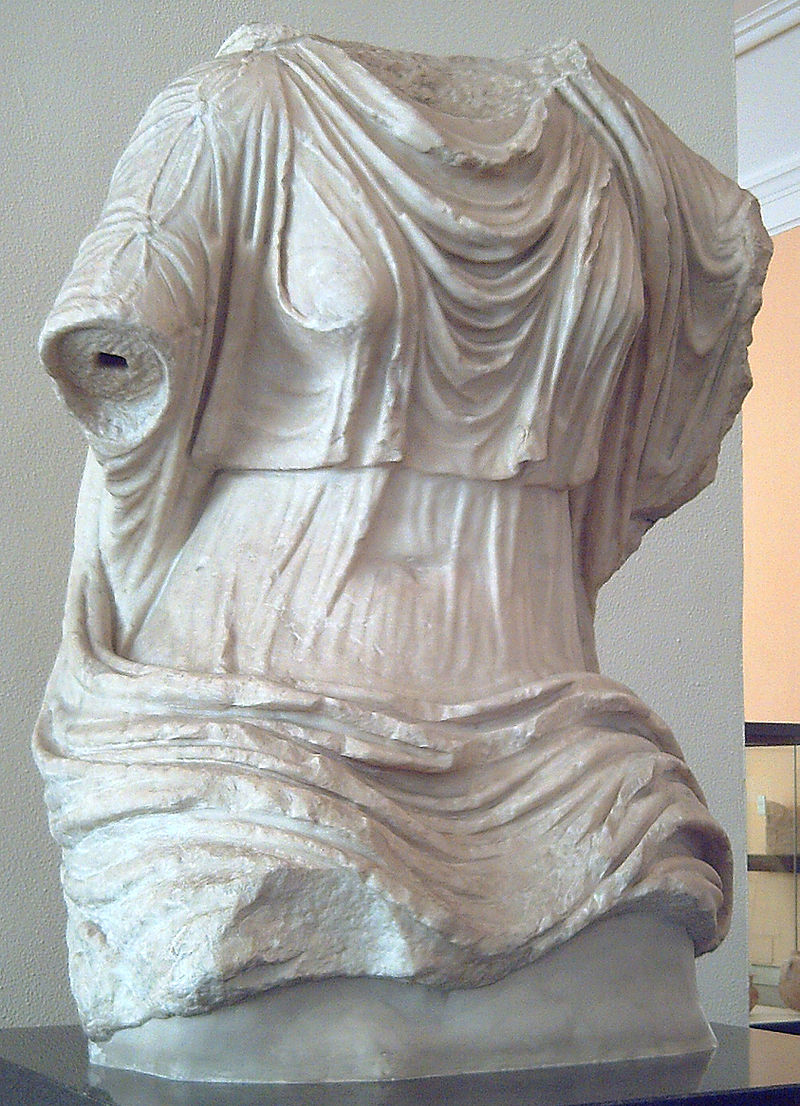
Pants, just like in Greece, were considered to be barbarous garments by the Romans.
However, as soon as the Empire started extending beyond the Mediterranean, pants became common among Roman soldiers and would continue to remain popular throughout the Byzantine period and beyond.
